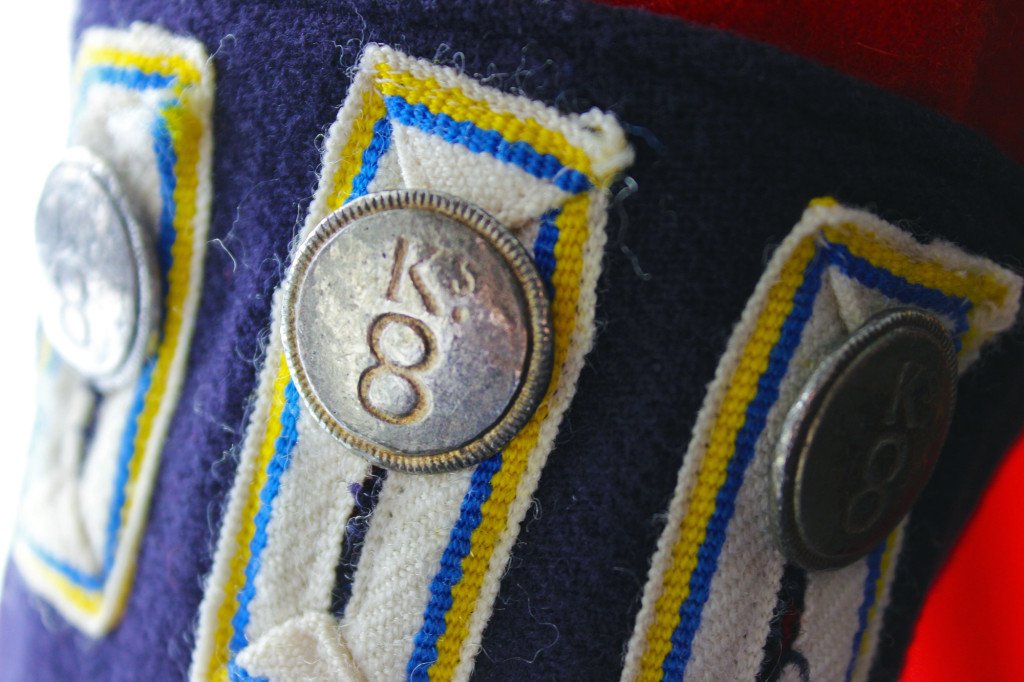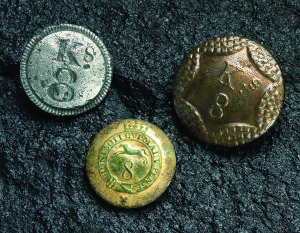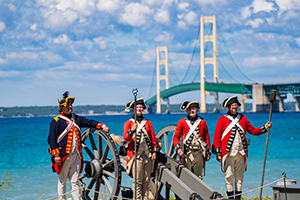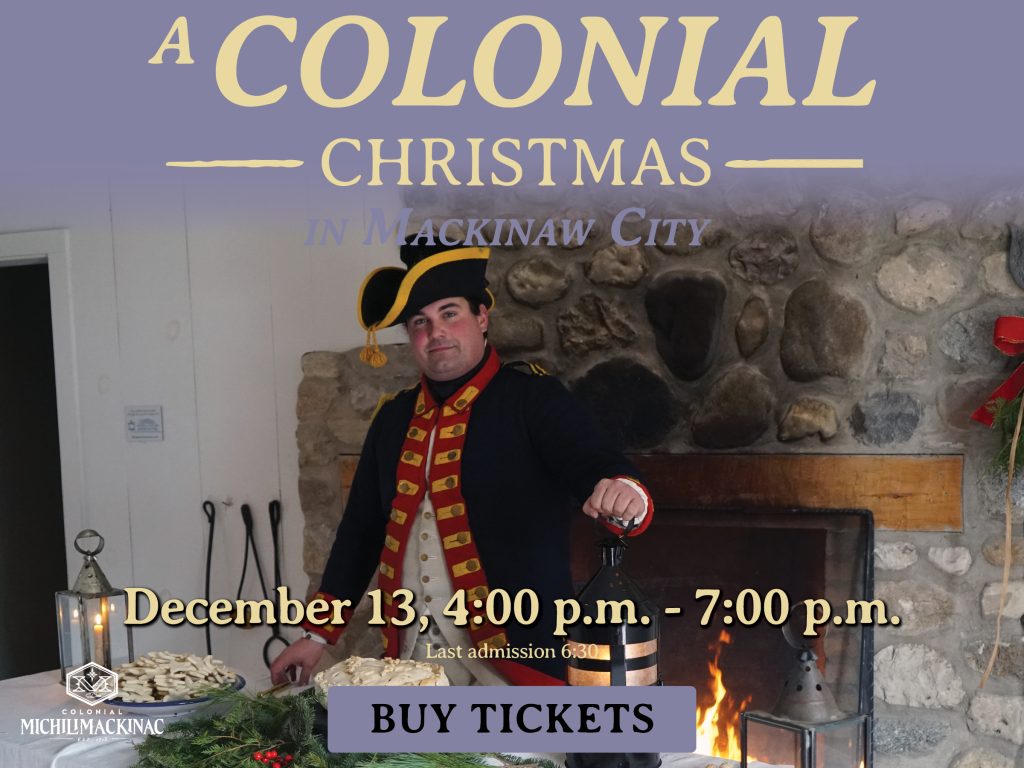Dressed in their madder red regimental coats, black hats, and white underclothes, the soldiers of the 8th Regiment who served at Michilimackinac in the 1770s may have looked quite similar to other British troops fighting in the American Revolution. Their uniforms, however, were unique, marked by distinctive buttons, trim, and lace tape.




Although not as obvious as the badges, patches, and other unit insignia worn by the modern military, these historic elements allowed observers to quickly identify a British soldier’s regiment simply by looking at the details of his uniform. More importantly, the lace, buttons, and trim were all important symbols of a soldier’s regiment, and helped him create a sense of identity and belonging in the army.









